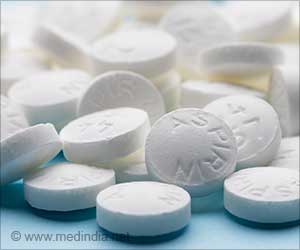Cellular scaffolding components of zebrafish have been used to regenerate heart tissues in mammals, specifically mice, as well as exhibiting promising results in human heart cells in vitro.

‘Lifestyle changes that generate chronic jet lag can disrupt the body's internal homeostasis and increase liver cancer risk in humans.’





"The heart beats as if nothing has happened to it," said Wang. "And our approach is really simple."The study also found that the zebrafish ECM protected human cardiac myocytes--specialized cells that form heart muscle--from stresses.
ECM are the architectural foundations of tissues and organs; not only do they provide a "scaffolding" on which cells can grow and migrate, they assist in the signaling necessary for the organ to develop, grow, or regenerate.
In mammals, the heart quickly loses the ability to regenerate after the organism is born, except for a brief period after birth. In lower animals, such as zebrafish, the heart retains that ability throughout their lives: up to 20 percent of a zebrafish's heart can be damaged or removed, and within days the heart's capacity has been fully restored.
Wang and his team first separated the ECM from the cells so that the recipient heart would not reject the treatment. They did this by freezing the zebrafish cardiac tissue, causing the cell membranes to burst and allowing the researchers to retrieve the ECM, a process called decellularization. Wang noted that he and his colleagues are among the first to decellularize non-mammalian tissues for applications in regenerative medicine. They then injected the ECM into the hearts of mice with damaged heart muscles and watched the hearts repair themselves.
Advertisement
Wang said that restored function starts almost immediately, and healing is noticeable as early as five days after treatment; within a week, his team could see the heart beating more strongly than the hearts of the untreated animals.
Wang is now working on a process to regenerate nerves in mammals using the same process and hopes to expand the heart treatments to larger animals in a future study.
Source-Eurekalert













